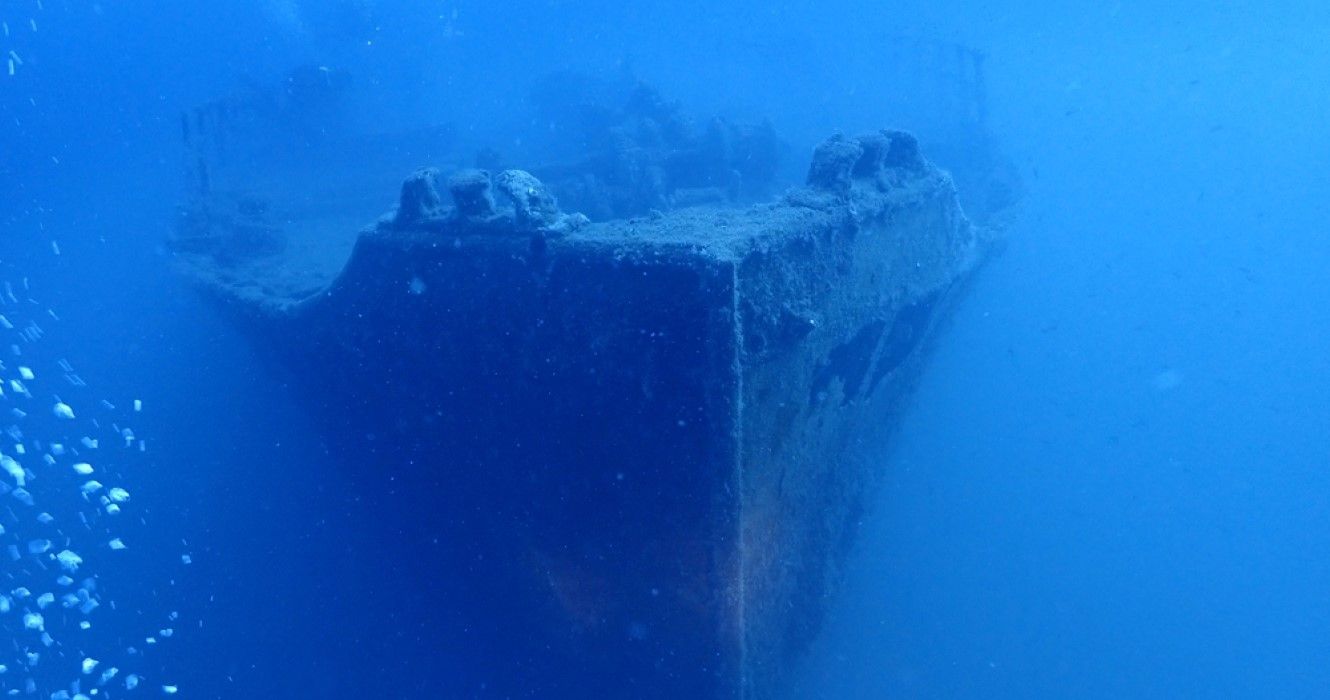America has a proud past and is wealthy in promise, but it also has had some very bad moments that it must constantly face. It is possible to bring American history to life, and better educate oneself on the founding ideals and legacy of the United States of America by visiting the nation's landmarks, whether they are national parks or city-center memorials. By doing so, tourists can pave the way for a better and more promising future. Sites, which range from Black-owned plantations to the actual chambers where the US Declaration of Independence was written, are just a few of the must-see places that allow people to admire America's beauty and tenacity while atoning for its history and paying tribute to people who lived here before the New World was constructed.
The American Civil War battlegrounds to the recognizable Statue of Liberty are just a few of the intriguing historical places that can be found in the United States. Exploring the history of the USA is an interesting and valuable endeavor, especially when discovering new historical landmarks, such as an ancient ship that takes people back to WWII. Here is some information about the world’s deepest shipwreck that was found recently.
Let Us Have A Flashback To The Samar Battle
The Battle off Samar in 1944 was the culmination of the ship's narrative. A small US naval force successfully defended a site against Japanese forces throughout the conflict despite being outgunned. The Japanese fleet consisted of four battleships, the Yamato, the most heavily equipped battleship ever constructed, according to EYOS Expeditions, as well as six heavy cruisers, two light ones, two other cruisers, and 11 destroyers. The Sammy B engaged the group and used a torpedo to cripple a Japanese heavy cruiser and seriously damage another. However, according to sources, the battleship Kongo eventually sunk the destroyer escort after using almost all of its ammunition. Eighty-nine of Sammy B's 224 crew members perished in the tragedy. According to BBC News, the 120 crew members who were saved managed to hang onto floating wreckage for up to 50 hours after the battle.
Let Us Sink Into Recent Details About The World’s Deepest Shipwreck
What is said to be the deepest wreck ever uncovered contains the remnants of a U.S. Navy destroyer escort that perished in World War II combat against Japan. The USS Samuel B. Roberts, better known as the Sammy B, was discovered in two sections last June on a slope off the Philippines at a depth of more than 22,600 feet (6888.48 meters), according to a statement from the British business EYOS Expeditions and American Explorer Victor Vescovo.
It was an unbelievable pleasure to discover the tremendously historic ship and the possibility of conveying the ship’s narrative of courage and devotion to others who may not be aware of it and its crew's sacrifice. The Philippine Trench, which stretches for approximately 820 miles (1,320 km) along the coastlines of the Philippines and Indonesia, is where Samar Island is located. On the seaward side of the Leyte Gulf, it circles the Island's eastern flank. It is quite profound. The peak of Mount Everest would still be submerged if dropped at the Galathea Depth, the Philippine Trench's deepest point.
The USS Johnston, which had previously been the world's deepest wreck and was also located by Vescovo in the same region last year at a depth of approximately 21,200 feet (6461.76 meters). The Fight of Leyte Gulf, which included the Battle off Samar in October 1944, has been dubbed the biggest naval battle in history, and both ships helped the Americans win.
The Sammy B, known as the destroyer escort that fought like a battleship, engaged a fleet of imperial Japanese naval ships, including the Yamato, the biggest battleship ever built, before being wrecked by gunfire in the battle scene, the Philippine Sea. Vescovo said that a lack of debris left a surprise upon locating the significant wreck. The Sammy B was the smallest of the vessels that the crew was looking for.
He also claimed that while it had been split in two, the ship was largely undamaged when it was finally discovered. But it still had obvious signs of combat. He added that Sammy B had proof of the amazing, savage combat that the ship conducted against the Imperial Japanese Navy.
He also confirmed that shell holes were present and that it had definitely suffered a significant hit from a battleship since the stern quarter had been destroyed completely. The vessel's final resting place's considerable depth also served to restrain the biodegradation that shallower wrecks frequently display.
Vescovo declared that because there is so little oxygen at that deep, there is not nearly as much biological development on the wrecks. In addition to his statement, he explained that the iconic Sammy B might look just as it did when it was fighting back in 1944.

